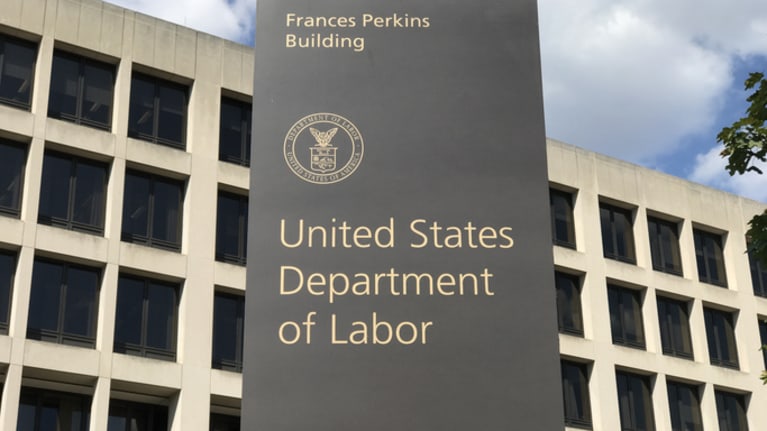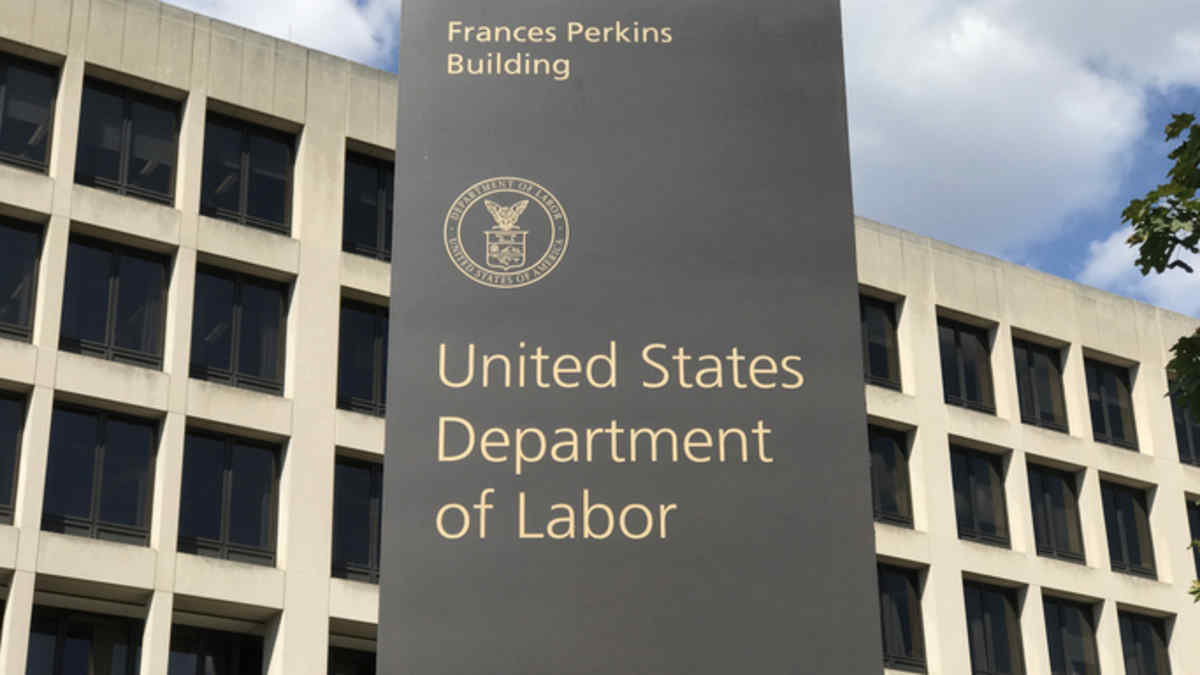

?The Biden administration has postponed indefinitely its plans to raise the wages of professional foreign workers in the H-1B and employment-based green card categories, while reconfirming intentions to propose reforms to the H-1B visa program by the end of the year. Plans to publish new regulations allowing virtual review of Form I-9 documents and increasing immigration-related filing fees have also been pushed back.
Federal agencies typically announce their regulatory agendas twice a year; the latest updates are for proposals officials believe will be brought forward by the end of 2023.
Prevailing Wage Plans Postponed
The Department of Labor (DOL) has moved its proposal to raise prevailing wage rates for the H-1B visa and PERM programs to its long-term agenda, historically the first step to a proposal being shelved permanently.
A final rule proposed by the Trump administration raising wages for workers with H-1B visas and employment-based green cards was slated to take effect November 2022; however, it was vacated by a federal judge the previous year. The rule was issued in January 2021 as one of the last regulatory actions of the Trump administration.
The Biden administration showed interest in moving forward with the proposal but has now removed it from the DOL’s current regulatory agenda.
“It’s hard to say whether it is being shelved or just being given much longer lead time, but the delay is reflective of how complicated it is to change the prevailing wage methodology,” said Lynden Melmed, a partner in the Washington, D.C., office of Berry Appleman and Leiden and former chief counsel of U.S. Citizenship and Immigration Services (USCIS).
“The prior administration tried to move very quickly on this and heard from the private sector that there would be unintended consequences,” Melmed said. “There is real concern from the business community that the government had not fully appreciated the dynamism of the changing wages we’re seeing, and I think that this administration is trying to understand all aspects of the regulation before moving forward. In that sense, the delay is welcome news for employers.”
H-1B Visa Program Reforms
USCIS continues to pursue a rule amending aspects of the H-1B visa program first proposed by the Trump administration. The proposal is now scheduled to be published in December.
According to USCIS, the rule will:
- Redefine the H-1B employer-employee relationship.
- Establish new guidelines for employer site visits.
- Clarify rules for F-1 students awaiting a change of status to H-1B.
- Clarify the requirement that an amended or new H-1B visa petition must be filed if there are material changes to employment, including a new worksite location.
Melmed said one challenge with this proposal is whether or how the agency will try to address the H-1B lottery issues that arose this year, such as employers filing multiple applications for the same person.
“That’s a regulation that was moving along at a certain speed, but now the problems with the registration system will result in some urgency to try to move that regulation forward faster,” he said.
H-2 Visa Programs
Both the DOL and USCIS have maintained plans to announce changes to the H-2A and H-2B temporary worker programs this summer. The DOL plans to revamp H-2B prevailing wage rules, the temporary labor certification process and enforcement of H-2B employer obligations. In addition, the agency announced plans to amend the H-2A temporary agricultural worker program to improve working conditions and protections for farmworkers. Publication of the new DOL and DHS proposed rules is currently scheduled for August and September, respectively.
Fee Increases Delayed
USCIS has delayed to March 2024 the publication of a final rule to raise filing fees for immigration applications and petitions.
The agency proposed a number of significant filing fee increases for multiple employment-based immigration petitions and applications on Jan. 4, in part to help fund soaring asylum claims at the U.S.-Mexico border. The agency typically relies on user fees instead of congressional funding and stated that the new fees would allow it to “recover its operating costs, re-establish and maintain timely case processing, and prevent the accumulation of future case backlogs.”
The COVID-19 pandemic led to a dramatic reduction in immigration processing and revenue, and immigration caseloads have since rebounded to pre-pandemic levels.
USCIS last adjusted its fees in December 2016, with a weighted average increase of 21 percent. The latest proposal would represent a weighted average increase of 40 percent.
“The extent of the feedback from employers on this proposed rule was historic, reflecting concern about the size of the fee increases and concern about the quality of service that the government has been delivering under existing fee levels,” Melmed said. “To ask for higher fees as service levels fall is something you heard was not going to be acceptable from the business community. But fee rules are easy to adapt as they go through the rulemaking process, so all eyes are on whether they heard that feedback and are willing to revise it in the final rule.”
Virtual I-9 Inspection
U.S. Immigration and Customs Enforcement (ICE) moved its publication of a final rule making changes to the Form I-9 employment eligibility verification process from May to August. The rule may permit alternatives to in-person inspection of identity and employment authorization documents in the I-9 process.
SHRM recognized the proposed rule as signaling the government’s willingness to formalize pandemic-era flexibilities. Employers must complete Forms I-9 for all workers to verify their employment eligibility. During the COVID-19 pandemic, ICE waived the requirement that employers inspect documents proving employment eligibility in person in workplaces that were operating remotely, and those employers have been allowed to use alternatives like videoconferencing, fax or email. That flexibility was most recently extended through the end of July.
“We are encouraged by the efforts of [ICE] and their openness to adjusting the employment verification process to reflect the 21st century workforce,” said Emily M. Dickens, chief of staff and head of public affairs for SHRM. “Companies are not just capable of leveraging new technology for remote inspection, but now many companies are experienced in the process of remote Form I-9 documentation inspection. Technology has advanced to a point where the believed benefits of in-person Form I-9 preparation are now equaled or exceeded by remote or virtual methods. Simply put, a well-executed, permanent remote Form I-9 preparation option would transform the entire onboarding process for HR professionals.”
J-1 Rule Coming
The State Department plans to publish a proposed rule that would update the J-1 intern and trainee program rules. The proposal is slated for January 2024.
L Visa Plans Removed
USCIS dropped its plan to propose amendments to the L-1 regulations. The agency had previously suggested that it would revise the definition of specialized knowledge, clarify the definition of “employment” and “employer-employee relationship,” and potentially impose wage requirements in the L-1 category.

